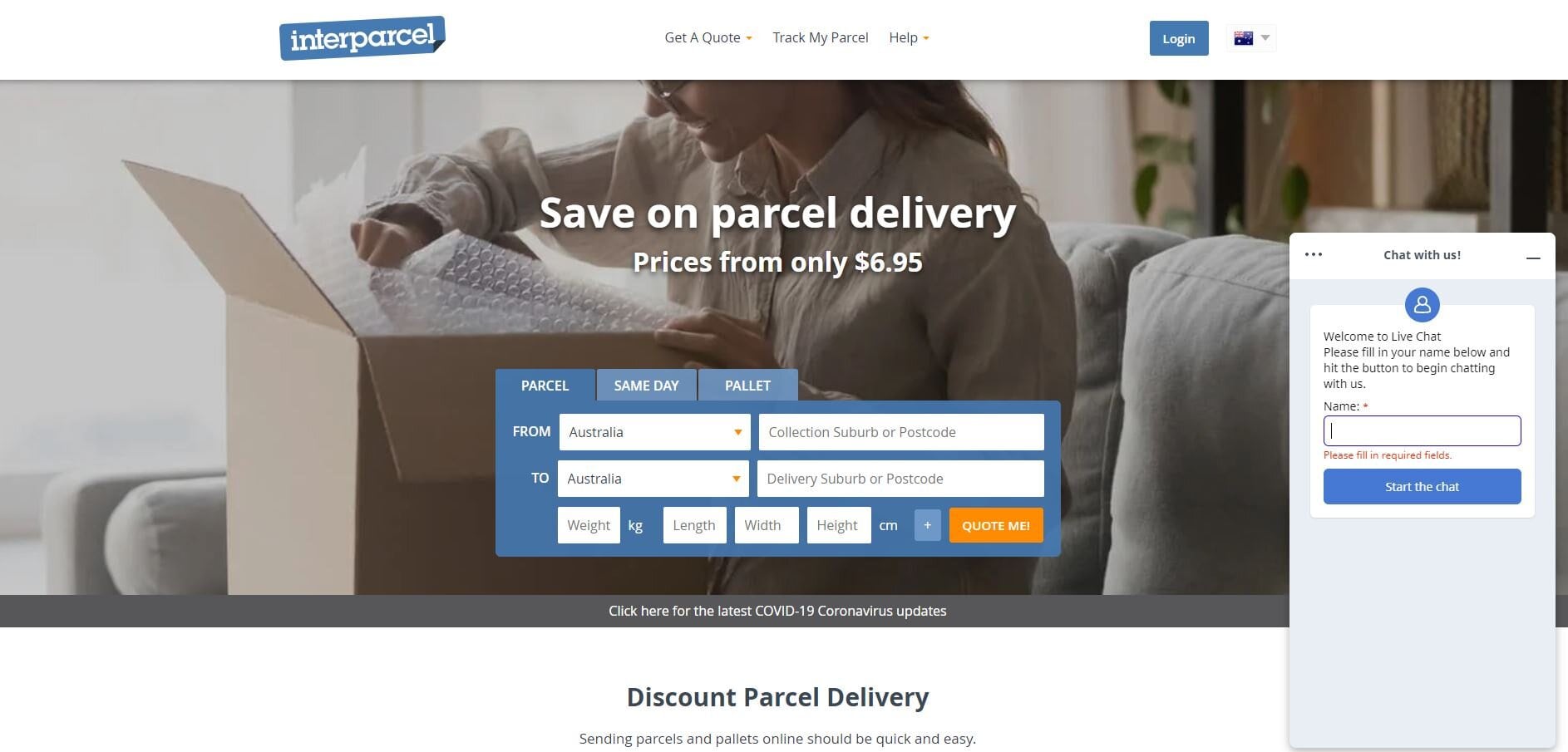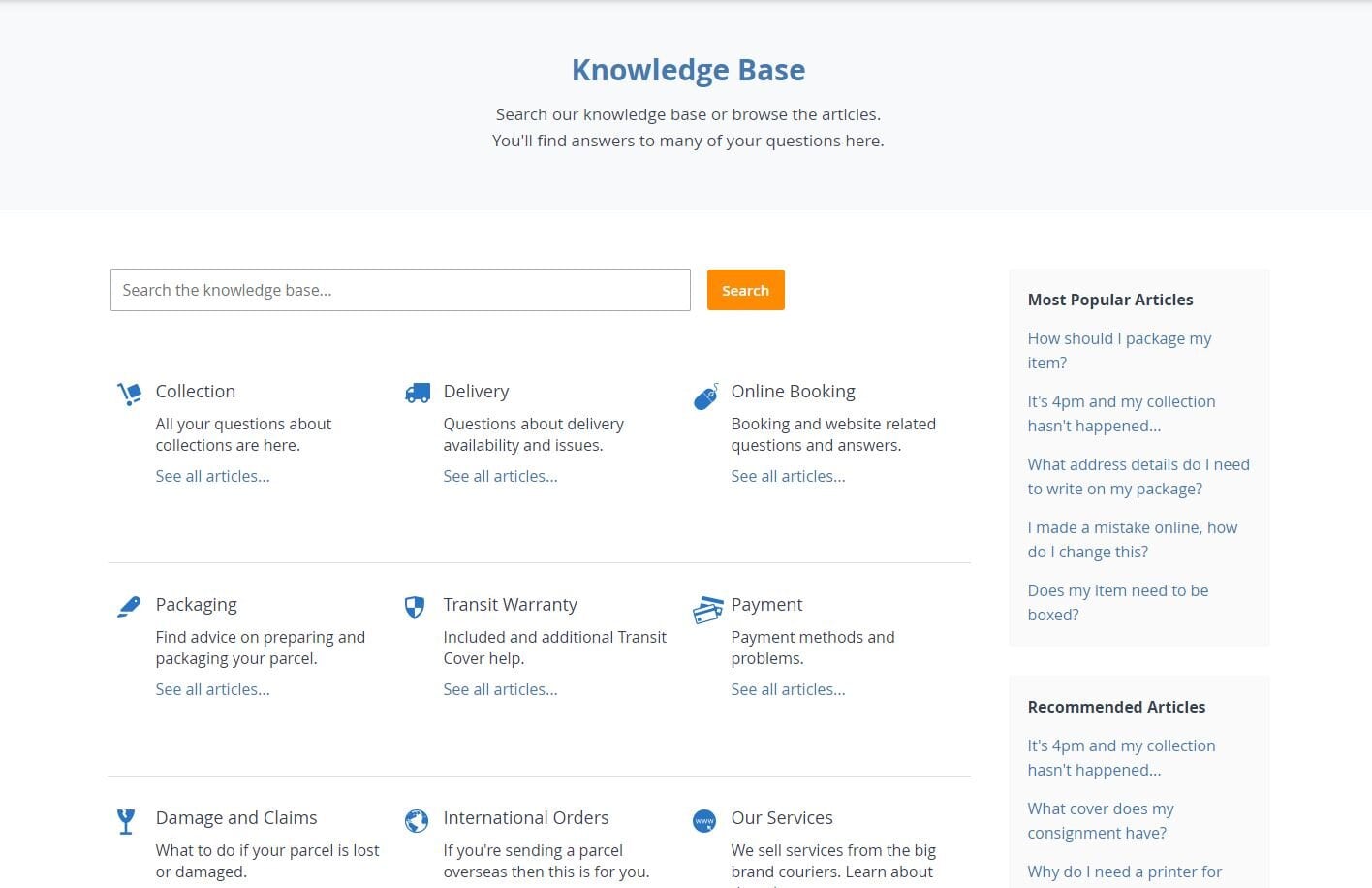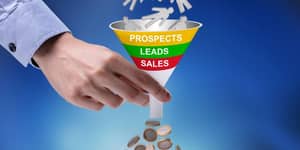It's easy to say that customer satisfaction should be the major driving force behind the growth of your business. In fact, McKinsey reports say, 70% of the customer's journey is based on how the customer feels they are being treated". You will often hear the term "customer-driven company" being thrown around in the bio's of large corporations. But what does it actually mean, and how do you improve customer satisfaction?
What is customer satisfaction?
Customer satisfaction is a measure of how the products, services and capabilities of a company meet customer expectations. Typically, it is measured on a five-point scale from "highly unsatisfied" to "highly satisfied," and can be good indicators of churn rate and customer advocacy for longer-term business goals, like increasing your customer's lifetime value and reducing acquisition costs.
Why does customer satisfaction matter?
Your customer's are the lifeblood of your business. As we mentioned in our customer retention article, acquiring new customers can cost five times more than retaining an existing customer. Putting in effort towards increasing customer satisfaction is the primary step towards achieving an elevated customer experience. It can:
- Reduce customer churn
- Increase customer lifetime value
- Improve branding and brand awareness
- Boost customer loyalty
Deliver omnichannel support
It's no secret that customers will (generally) leave your site if their questions or concerns are not addressed fast. Response time is a critical aspect of a successful customer experience, and it's an important component to increase customer satisfaction. In fact, 82% of consumers say the number one factor that leads to a great customer service experience is having their issues resolved quickly. So, how can you do this? The key to great customer service is knowing who your customers are, and therefore, which channels they will use the most. Are they part of the tech-savvy younger crowd, who find themselves on Facebook daily? If so, you might want to consider Facebook Messenger as a customer service mechanism. This is known as omnichannel support, and it gives your customer multiple points of contact at various touchpoints in the customer journey.
- Improve customer satisfaction with a high first contact resolution rate
- Connect with customers in real time through live chat and reduce average response time to within 2 hours
- Listen actively to your customers and identify exactly what the root of their problem is quickly
- Always provide transparent information about your product or services to avoid future confusion
- Try engaging customers with a chatbot for 24/7 support

Create an online portal for FAQs
Self service support works wonders as one of the alternative ways to reduce the customer service gap. It's most often seen as videos, tutorials or a comprehensive knowledge base. By providing a hub of information, you can allow customers to assist and educate themselves on their own terms.
- You can provide protips to your customers to get the best value of of products, or learn about product upgrades and features
- Self service allows customers to solve problems faster and easier

Abandoned cart recovery
Shoppers abandon carts for a number of reasons. High shipping costs, no expedited delivery options and unexpected changes are amongst the most common reasons for abandoned carts. Nothing is worse than wanting to purchase something, getting to the finish line and then jumping ship because something was misrepresented.
- Use high-quality product photos and detailed descriptions on your product pages but in your checkout too.
- Utilize banners to display discount codes and sales to customers.
- Utilize email blasts to keep your customers in the know, and provide value to them (this could be in the form of a blog)
Email marketing
Customer satisfaction boils down to how much value your business is providing that particular customer. This value could come in the form of providing goods for their needs or providing complementary value to them. Email marketing can do this in a few ways:
- Sharing exclusive information with customers will make them feel like their part of your brand's tribe and increase loyalty
- If you're having a sale, let email subscribers know first. Customers love to receive exclusive discounts and codes
- If you've just engaged with a customer, send a follow-up feedback survey to gauge their satisfaction. This way they know that they're being listened to
- Provide exclusive deals for VIP customers, like inducting them into your referral program
Measure your customer satisfaction regularly
How can you improve on something, if you don't know where you're currently at? Measuring customer satisfaction is vital for all businesses. It provides valuable insights into what works and provides opportunities for optimisation.
How do you measure customer satisfaction scores:
- Customer Satisfaction Score: This metric answers the question of how would you rate your satisfaction with our product or service?
- Net Promoter Score: NPS measure the overall customer experience with the key question of how likely are you to refer this brand to others? This is typically conducted with a scale from 1 to 10
Act on negative reviews and customer complaints
Product review sites have created a new mechanism for word-of-mouth referrals and can influence consumers' opinions of your brand. Analyzing reviews left to you by customers helps to provide your business with feedback regarding what your customers actually want. You should keep a regular check on the postitive and negative reviews and comments made by your customers and be proactive to respond and fix the issue as soon as possible.










 Facebook
Facebook Twitter
Twitter Instagram
Instagram Linked In
Linked In YouTube
YouTube